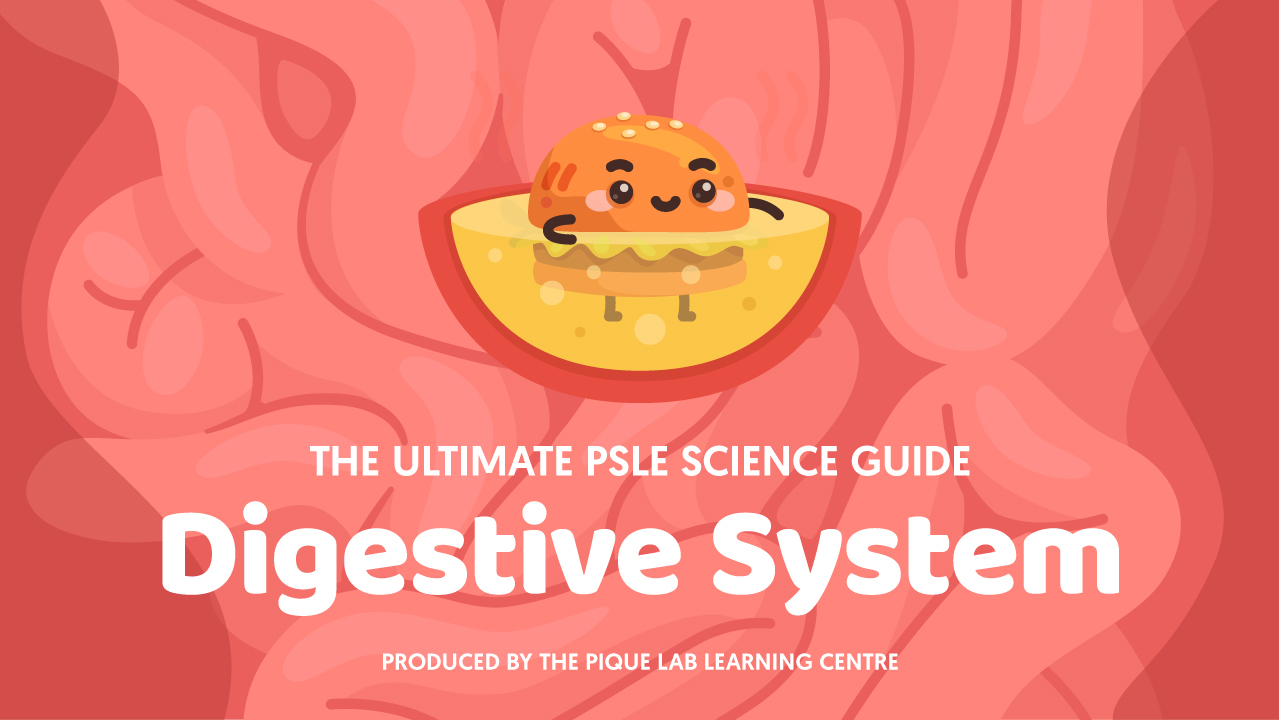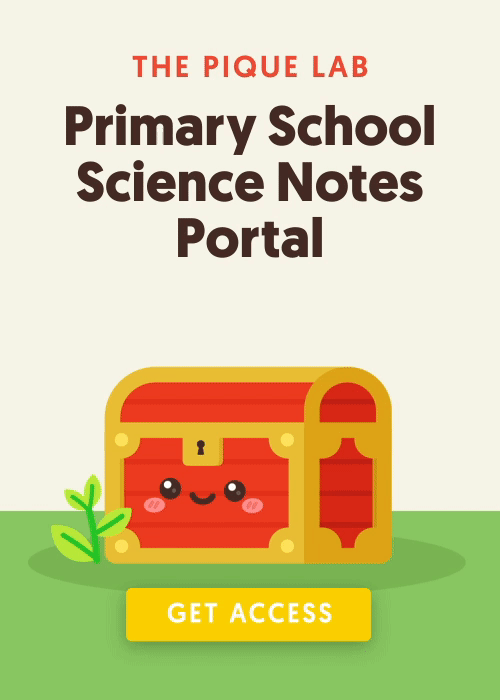Introduction
How do the young of a human and flowering plant obtain food during reproduction?
To answer this question, I will be analysing an examination question on the topic of Reproduction of humans and flowering plants from the 2013 Nanyang Primary School (NYPS) P5 SA1 Examination Paper.
Let’s Take A Look At This Question

Source: Nanyang Primary School (NYPS) – 2013 P5 SA1 Examination Paper [Q20]
Part A is asking you to state the sexual reproduction process shown in the diagram.
The process when the sperm enters or fuses with the egg is called fertilisation.
Suggested Answer For Part (A)
Fertilisation.
Read Also:
Moving On To Part (B)

Diagram X shows us a stage in the reproduction of a human while Diagram Y shows us a stage in the reproduction of a flowering plant.
Part (b) is asking us to label the seed leaves in Diagram Y so let’s focus on Diagram Y where we’re supposed to identify the seed leaves.

Are the coloured leaves in Diagram Y the seed leaves?
No, these are actually the true leaves!
The seed leaves can be found in the diagram below.
Suggested Answer For Part (B)

🌱 What Is A Seed Leaf’s Purpose? 🌱
The seed leaves store food for the plant.
You may be wondering, “Don’t the true leaves make food for the plant during photosynthesis?”
While that is true, before these true leaves are developed, the plant would just be a seed.
A seed does not have any true leaves yet. During this stage, the plant would still need food. It gets its food through the seed leaves!
☘️ Let’s Recap The Seed Leaves’ Function ☘️
The seed leaves store food for the seedling so the seedling would obtain its food from the seed leaves, not forever, only until the true leaves develop.
Once the true leaves develop, the plant is no longer going to rely on the seed leaves as now the plant would have its true leaves to trap sunlight for photosynthesis to make food.
Moving On To Part (C)
The question wants to know how the youngs in Diagrams X and Y obtain food.
The young in Diagram X refers to the baby. How does the baby obtain its food?
Does it open up its mouth and start eating all the things that are in the mother’s womb? Or does it travel to the mother’s stomach and eat the food in the mother’s stomach? 🤔
No, the baby doesn’t do that!

The baby obtains his/her food through the umbilical cord highlighted in the diagram above.
👶🏼 What Does The Umbilical Cord Do? 👶🏼
The baby is connected to the mother through the umbilical cord. The umbilical cord transports useful substances such as oxygen and nutrients, which are the food for the baby.
How about the young plant in Diagram Y?
As mentioned earlier, the young plant has seed leaves. The young plant would be able to obtain food that is stored in the seed leaves.
However, in Diagram Y the young plant has already developed its true leaves!
🍃 What’s The True Leaf’s Function? 🍃
True leaves trap sunlight for photosynthesis to make food.
The young plant in Diagram Y has two ways to obtain its food:
- Through the seed leaves which store food.
- Through the true leaves which trap sunlight for photosynthesis to make food.
However, will the seed leaf be there forever? No. Over time, the food in the seed leaf will be used up and the seed leaf will then wither and drop off.
The plant will still survive because it no longer needs to rely on the seed leaves since it has already developed its true leaves to trap sunlight for photosynthesis to make food.
Suggested Answer For Part (C)
The young in Diagram X obtains food from the mother through the umbilical cord while the young plant in Diagram Y obtains food from its seed leaves and from the true leaves which trap sunlight for photosynthesis to make food.
Conclusion
After reading this article, I hope you have gained more confidence in tackling questions related to the reproduction of humans and flowering plants.
For the reproduction of flowering plants, you must also be able to differentiate between the seed leaves and true leaves, and their functions.
Stay tuned for our upcoming articles on tackling other tricky Science questions!

If you like our methodology, we've some upcoming workshops:







